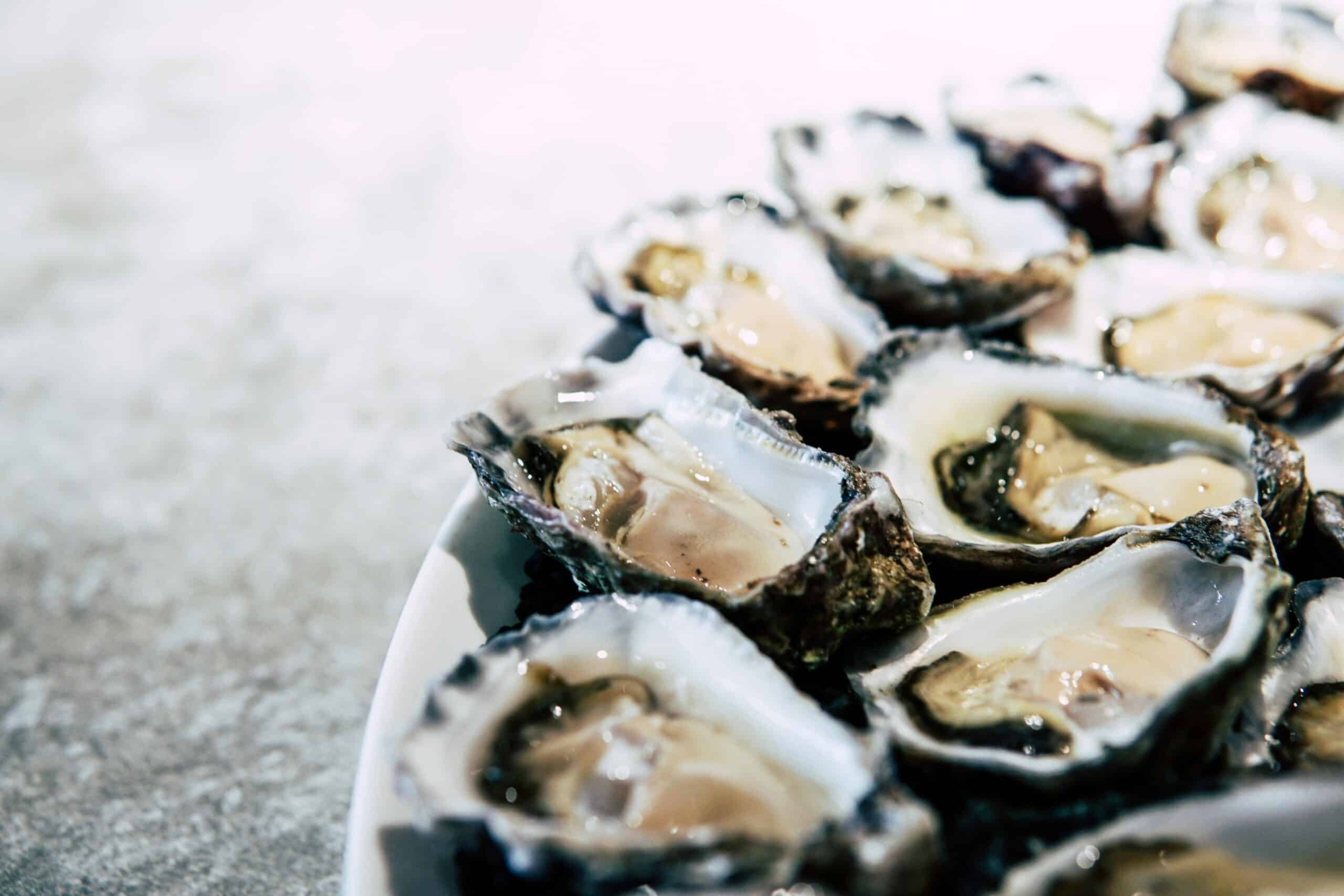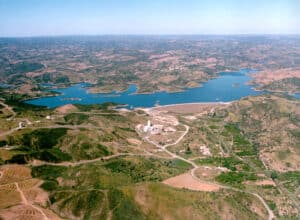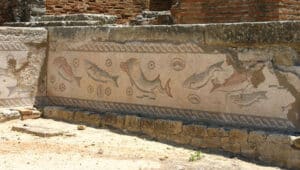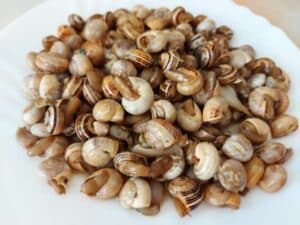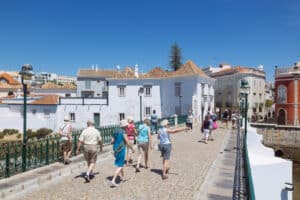Clams take longer to produce and generate less profit for producers
Oyster production is gaining ground in the Ria Formosa in the Algarve, replacing clams which are less profitable.
While the production of both varieties are currently at “low levels,” clam producers are becoming frustrated with the amount of time it takes to grow clams and the low profit involved in such a long process, José Florêncio, from Formosa – Cooperativa de Viveiristas da Ria Formosa, told Lusa news agency.
“Clams have been losing ground because there’s been a lot of oyster sales. And people can’t wait two years for the clam to grow and have to turn somewhere else,” said José Florêncio.
Oyster production “has grown a lot” in the Ria Formosa, which stretches from Vila Real de Santo António to Loulé, which he believes “shouldn’t happen” because “some producers say that clams grow more slowly when surrounded by oysters,” he said.
“It’s not proven, but it makes some sense because the oyster filters more than the clam,” he said, emphasising that there are also “other factors” at play, such as the lack of rain and the renewal of the waters of the estuary, although there is still no study on the subject.
Lusa spoke to Ricardo Raimundo, who produces clams on the island of Armona in Olhão, and Eduardo Soares, who produces oysters in Tavira, having received two different takes on their business. While the former complains about a loss of profitability, the latter is satisfied with the growth he has seen in the sector and looks to the future with “optimism”.
Ricardo Raimundo pointed to the low rainfall and lack of oxygenation in the water as probable factors for the clam’s poor growth, but he also pointed to the increase in oyster production as one of the causes of the loss of income.
When asked about this possibility, Eduardo Soares admitted that the growth in oyster farming in recent years may be causing difficulties for clam production, but he didn’t consider it to be a single factor and recalled that this bivalve had already been affected by other problems, such as mortality.
“In any activity, whether agricultural or aquacultural, whenever we put more than two living beings in the same place, we alter the ecosystem. And we’re talking about thousands of oysters placed in farms that were abandoned or were only for clams,” he said.
Soares stressed, however, that “there were already difficulties” within the clam production sector and the increase in oyster production “is not the only factor” influencing the poor growth of the other species since there are also “environmental issues”, such as “less rain that brings fewer nutrients”, he said.
Ricardo Raimundo recognised that, if the activity doesn’t improve, he may leave clam production in the future to dedicate himself to oysters. As he explained, sales “used to reach €50,000 to €60,000,” while last year “they didn’t reach €30,000”.
“There’s a lot of oysters in the Ria Formosa and, day by day, clam beds have fewer and fewer clams. People are turning to oysters, and I myself, if it comes to it, in a year or two, I’ll have to turn to oysters because my productivity is getting weaker and weaker,” he said.
With regard to oysters, Eduardo Soares said that sales “have fallen a lot since November” but pointed to market factors, such as the lack of outlets for French producers, which he hopes will be overcome in order to return to the growth that has marked the activity since the end of the Covid-19 pandemic.
Source: LUSA

